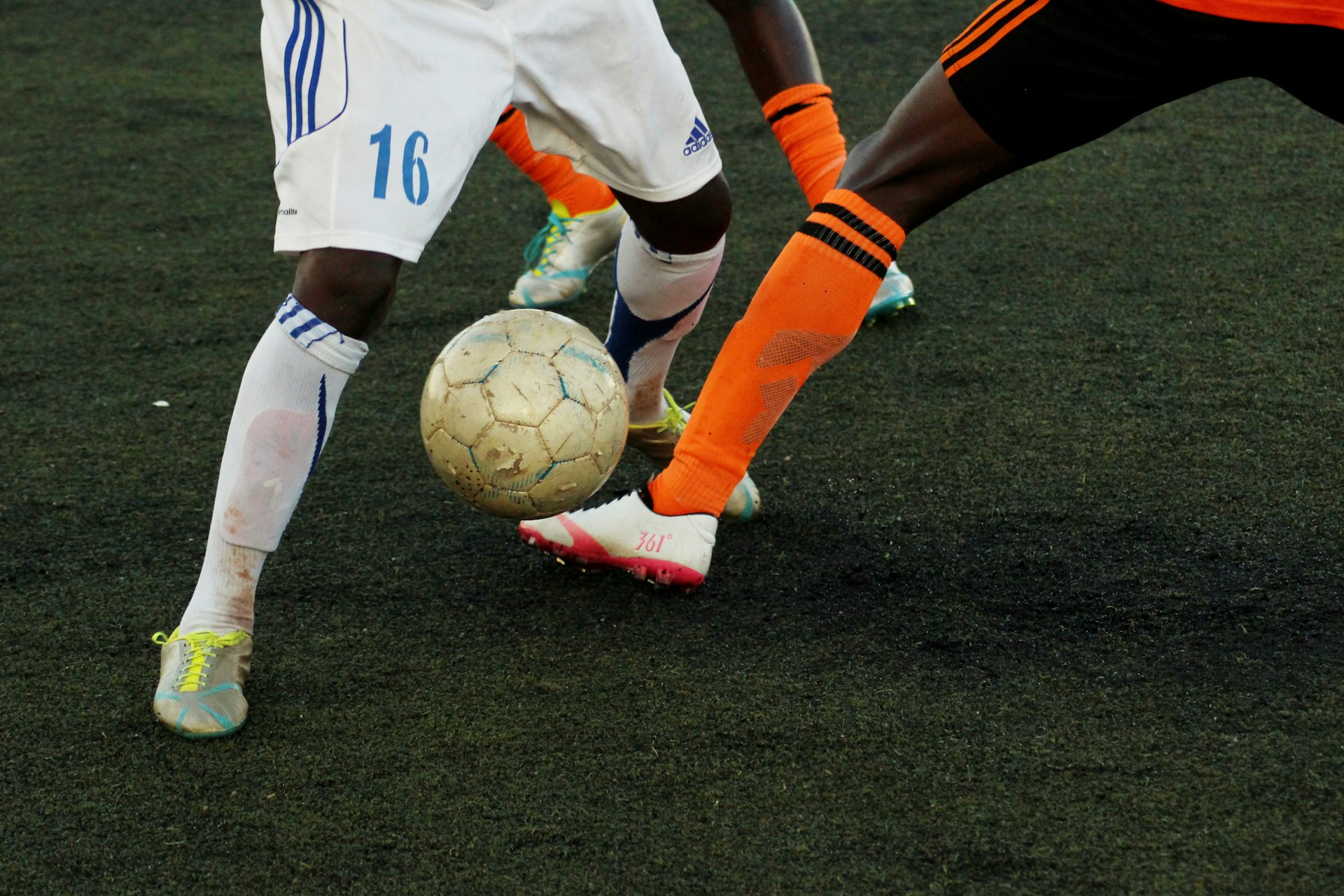The Recovery Shortcut You Wish You Knew Sooner
If you’ve played soccer for more than five minutes, you already know it’s not exactly gentle on the body. One minute you’re sprinting like your life depends on it, the next you’re twisting, turning, sliding—and sometimes landing flat on your face. From sprained ankles to pulled hamstrings, soccer injuries are pretty much part of the deal. The worst part? Sitting on the sidelines, watching your team play without you. That’s enough to drive any player crazy.
And sure, we’ve all done the usual routine: rest, ice, painkillers, repeat. But let’s be honest—it often feels like it takes forever to get back to feeling 100%. What if there was a faster, drug-free way to heal? No, it’s not magic. It’s called low-level laser therapy (LLLT), and it’s an effective solution for recovery.
Why Do Soccer Injuries Take So Long to Heal?
Soccer is a high-speed, high-impact sport. Your body’s constantly stopping, starting, twisting, and stretching in ways it probably wasn’t designed to. That’s why injuries like these are so common:
- Sprained Ankles: Roll your ankle just once, and you’ll feel it for weeks. The swelling, bruising, and that sharp pain when you try to walk? Yeah, not fun.
- Hamstring Strains: One bad sprint or awkward lunge, and boom—sudden, sharp pain that makes even sitting down uncomfortable.
- Knee Ligament Injuries (ACL/MCL): These are the ones that can sideline you for months. They’re serious, and recovery is no joke.
- Bruises and Contusions: A hard tackle or a bad fall can leave deep bruises that feel tender long after the colour fades.
Here’s the deal: when you get injured, your body kicks into repair mode. But inflammation and swelling—while totally normal—actually slow down the healing process. That’s where laser therapy steps in. It doesn’t just cover up the pain like ice or painkillers. Instead, it helps your body heal faster and more effectively.
So, How Does Laser Therapy Actually Work?
Imagine if you could send tiny beams of light straight into your muscles and joints to kickstart healing. That’s basically what LLLT does. It uses low-intensity light to penetrate deep into your tissues, helping your body recover from the inside out. Here’s what it does:
- Reduces Inflammation: It calms the swelling around sprains, muscle tears, and bruises, which means less pain and stiffness.
- Speeds Up Healing: It stimulates your cells to repair themselves faster. Think of it like hitting the “fast-forward” button on recovery.
- Improves Blood Flow: Better circulation means more oxygen and nutrients getting to the injured area, which your body loves.
- Natural Pain Relief: No drugs, no numbing—just real relief as it reduces nerve sensitivity and blocks those annoying pain signals.
Bottom line: laser therapy helps you get back on the field faster, without relying on a cocktail of painkillers.
Deek’s Testimonial: “It Even Helped My Cat!”
Don’t just take my word for it. Here’s what Deek had to say:
“A fantastic product! I have used it for superficial burns, inflammations, sprained ankles, and bruises. The recovery periods were much quicker than normal.
I have also used a low dose on my partially paralyzed cat. It has not cured her but has given her obvious pain relief.
I highly recommend it.”
Now, if it can help Deek’s cat feel better, imagine what it can do for your sprained ankle or sore hamstring.
Does Laser Therapy Actually Work? (Science Says Yes)
This isn’t some new-age, “woo-woo” gadget. There’s legit science behind it. A study published in Photomedicine and Laser Surgery looked at how LLLT affects muscle recovery. Here’s what they found:
- Injuries healed faster with laser therapy compared to those left untreated.
- Pain levels dropped after just a few sessions.
- Inflammation markers went down, speeding up tissue repair.
Translation? It works. And it’s not just for fresh injuries—LLLT can also help with old injuries that never healed quite right.
Got Questions? Let’s Clear Things Up
1. Is laser therapy safe for sports injuries?
Absolutely. It’s non-invasive, FDA-approved, and has no known side effects when used properly.
2. How fast will I feel better?
Some people notice relief after just one session. For others, it takes a few days of consistent use. But most folks see improvements pretty quickly.
3. Can it replace physical therapy?
Not exactly. It’s not a substitute for rehab exercises, but it can make physical therapy more effective by reducing pain and inflammation.
4. Do I need to visit a clinic for this?
Nope! You can treat yourself at home with devices like the Handy Cure Low-Level Laser Therapy Device. Super convenient.
5. Will it work on old injuries?
Yes, and that’s one of the best parts. It helps with chronic pain, scar tissue, and lingering stiffness from past injuries.
Which Laser Device Should You Use?
If you’re keen to try it out, here are two solid options:
- Handy Cure Low-Level Laser Therapy Device: Great for sports injuries, joint pain, and inflammation.
- IASO Ultra Laser Device: Compact, easy to carry around—perfect if you’re always on the go.
Both are designed to help you heal faster and get back to doing what you love.
The Takeaway
Injuries suck. Whether it’s a sprained ankle, a pulled hammy, or a nagging knee problem, sitting out while your team plays is the worst. But recovery doesn’t have to be slow and miserable.
With laser therapy, you’ve got a powerful, drug-free tool to speed up healing, reduce pain, and get you back on the field faster than you thought possible. No gimmicks—just solid science and real results.
Ready to ditch the ice packs and painkillers?
Check out the Handy Cure Low-Level Laser Therapy Device and get back in the game.
References:
Ferraresi, C., Hamblin, M. R., & Parizotto, N. A. (2012). Low-level laser (light) therapy (LLLT) on muscle tissue: performance, fatigue and repair benefited by the power of light. Photonics & lasers in medicine, 1(4), 267–286. https://doi.org/10.1515/plm-2012-0032
